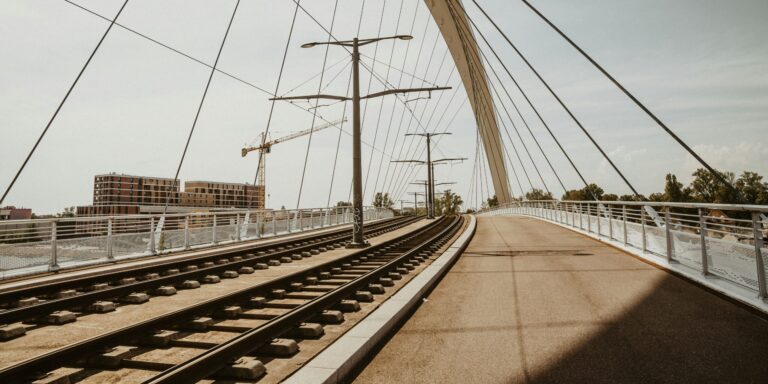Austin, Texas, a rapidly growing city known for its music, technology, and progressive culture, is also working to reduce its notorious traffic congestion with the ambitious expansion of its public transportation network. The Project Connect initiative, including a proposed $7 billion light rail system, is a bold step toward transforming the city’s transportation landscape, making it easier for residents and visitors to get around in a more environmentally friendly and efficient manner.
Project Connect: A Vision for Sustainable Growth
The light rail project is a central component of the larger Project Connect plan, which aims to address the city’s congestion, pollution, and reliance on cars. Austin’s traffic has become increasingly problematic in recent years, with the city’s rapid population growth adding strain to existing infrastructure. Project Connect aims to reduce the number of cars on the road, encourage public transportation use, and increase connectivity across the city.
The light rail system, once fully built, will span 10 miles and connect key areas such as downtown Austin, the University of Texas, and the East Riverside neighborhood. It will feature all-electric trains designed to significantly reduce the city’s carbon footprint. The project will also include upgrades to bus services, bike infrastructure, and pedestrian walkways, creating a more integrated and sustainable urban environment.
Funding and Legal Hurdles
Although Project Connect has been widely supported by city leaders and local residents, it has faced several challenges. One of the most significant obstacles has been securing the necessary funding for such a large-scale project. The City of Austin has allocated a combination of local bonds, federal grants, and private sector contributions to cover the cost, but not everyone is on board. Some critics argue that the funding should be redirected to other pressing issues, such as housing affordability or homelessness.
Additionally, there have been legal challenges to the project, with some residents filing lawsuits over the light rail’s planned route, which affects certain neighborhoods. Local officials, however, have remained optimistic, and construction is expected to begin in 2027, with completion slated for 2033. The project is expected to create thousands of jobs, both in construction and in the long-term operation of the system.
Community Support and Anticipation
Despite the challenges, the city’s population has largely shown strong support for the project. Austin’s commitment to sustainability, innovation, and growth has fueled enthusiasm for Project Connect. Community organizations, including environmental advocacy groups, have rallied behind the project, seeing it as a necessary step in reducing the city’s reliance on fossil fuels and addressing long-standing transportation issues.
Moreover, the project is expected to boost economic development in the areas it will serve. East Austin, historically underserved by public transportation, will see increased access to jobs, education, and services. The city estimates that the light rail system will generate millions of dollars in economic activity, including increased tourism, new business openings, and higher property values along the rail line.
Sustainability Goals and Future Potential
Beyond reducing traffic and emissions, Project Connect is part of Austin’s broader efforts to combat climate change and promote sustainability. The city has set ambitious goals for carbon neutrality by 2050, and public transportation projects like the light rail are key to reaching these objectives. The initiative also fits into Austin’s broader vision of becoming a smart city, using technology and innovation to improve residents’ quality of life.
In addition to the light rail, Project Connect also includes the expansion of bus services, bike lanes, and pedestrian infrastructure, all designed to work together to provide comprehensive, low-impact mobility options. These efforts aim to make Austin more walkable, bikeable, and accessible to everyone, regardless of whether they own a car.
The Future of Public Transit in Austin
The completion of Project Connect will be a game-changer for the city, fundamentally transforming how residents move around and reducing their dependence on cars. Austin is expected to continue its expansion of public transit options, with future plans for additional light rail lines, subway systems, and smart mobility solutions.
The light rail system is just one part of the city’s long-term efforts to improve transportation and reduce environmental impacts. By investing in green infrastructure and sustainable transit options, Austin is setting an example for cities across the country in how to build smart, equitable, and environmentally friendly urban landscapes.


